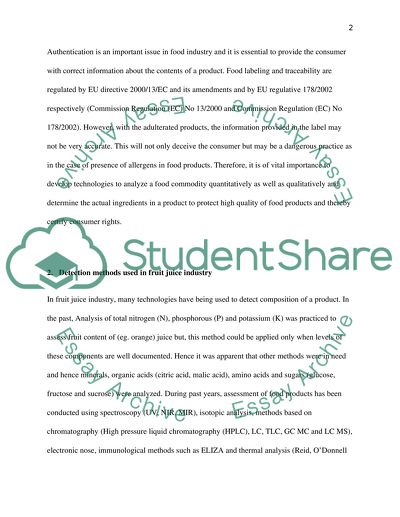Cite this document
(“Fruit content of fruit juice and apple juice content of cider using Literature review”, n.d.)
Retrieved from https://studentshare.org/gender-sexual-studies/1417015-fruit-content-of-fruit-juice-and-apple-juice
Retrieved from https://studentshare.org/gender-sexual-studies/1417015-fruit-content-of-fruit-juice-and-apple-juice
(Fruit Content of Fruit Juice and Apple Juice Content of Cider Using Literature Review)
https://studentshare.org/gender-sexual-studies/1417015-fruit-content-of-fruit-juice-and-apple-juice.
https://studentshare.org/gender-sexual-studies/1417015-fruit-content-of-fruit-juice-and-apple-juice.
“Fruit Content of Fruit Juice and Apple Juice Content of Cider Using Literature Review”, n.d. https://studentshare.org/gender-sexual-studies/1417015-fruit-content-of-fruit-juice-and-apple-juice.


